Defensive driving starts with you.
It can be a jungle out there on the road … and time-crunched drivers often produce a hectic environment full of aggressive maneuvers and little to no consideration for other vehicles. That’s when accidents happen, but you can be the one that makes all the difference.
Defensive driving involves much more than on-the-spot responses when you’re in traffic. Here are some things you can do to stay ahead of the curve:
1. Plan Ahead

Surprisingly, defensive driving starts before you even leave home. Get in the habit of checking weather conditions, and if you know it’s going to be a wet or icy commute, make sure you leave yourself enough time to make that trip carefully, instead of feeling rushed during your commute and driving faster than you should in bad conditions. Take extra precaution when it comes to making tight turns like when you merge on and off of highway ramps. You should be mentally ready to make those turns extra slow. If at all possible, stick to a lane with a shoulder next to it, so you have somewhere to move in an emergency.
2. Always Scan Your Surroundings
“That car came out of nowhere!” If you’ve ever heard someone talk about what happened during a motor vehicle accident, those words are uttered all too often. It’s impossible to see everything that’s around you all the time. That’s why it’s important to continuously check your mirrors and thoroughly scan intersections well before you pass through them. Defensive driving means getting in the habit of taking a quick peek down intersecting streets as you approach them so you can avoid being T-boned by a careless driver not paying attention to their red light. The ultimate goal is to always anticipate where vehicles will be a few seconds later so you can respond quickly.
3. Brake Early
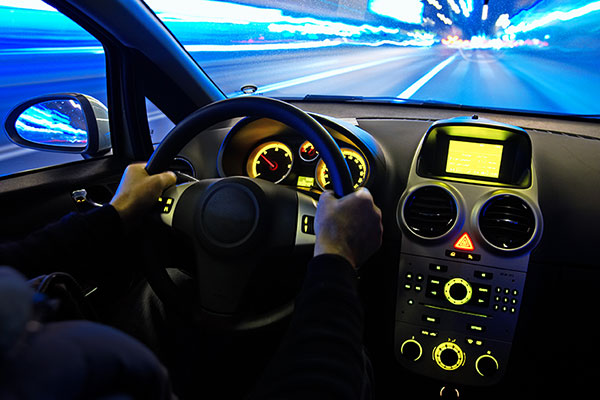 Defensive driving means leaving a little more space between you and the cars in front you than you anticipate needing—and brake early. In fact, it’s always a good idea to slow down a little sooner, especially in slippery conditions. Expect that it will take two or three times as long to come to a complete stop after making the decision to apply the brakes. This gives you more room to stop if someone ahead of you brakes suddenly, and gives people behind you even more of a heads up that you are stopping when they see your brake lights.
Defensive driving means leaving a little more space between you and the cars in front you than you anticipate needing—and brake early. In fact, it’s always a good idea to slow down a little sooner, especially in slippery conditions. Expect that it will take two or three times as long to come to a complete stop after making the decision to apply the brakes. This gives you more room to stop if someone ahead of you brakes suddenly, and gives people behind you even more of a heads up that you are stopping when they see your brake lights.
4. Never Go On The Offensive
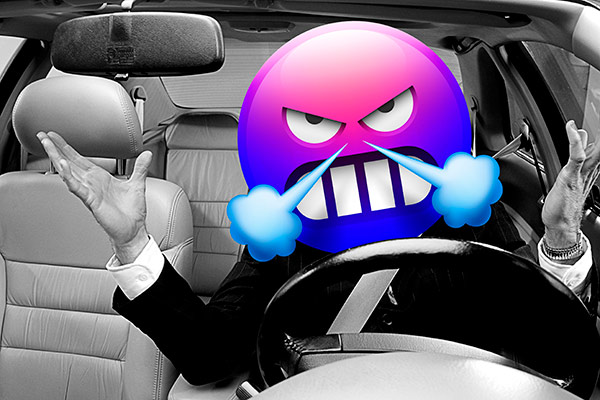 Defensive driving is actually the opposite of “road rage.” Don’t let other drivers’ aggressive tendencies rub off on you. Road rage often starts with one person’s hostility and causes a ripple effect on nearby drivers. You’ll be surprised at how often things can get heated on the road simply because someone gets cut off and then goes out of their way to “get back at” the other driver. But there are several ways to avoid road rage. Just play it safe—play it cool.
Defensive driving is actually the opposite of “road rage.” Don’t let other drivers’ aggressive tendencies rub off on you. Road rage often starts with one person’s hostility and causes a ripple effect on nearby drivers. You’ll be surprised at how often things can get heated on the road simply because someone gets cut off and then goes out of their way to “get back at” the other driver. But there are several ways to avoid road rage. Just play it safe—play it cool.
5. Don’t Get Distracted
 Defensive driving isn’t only about being reactive. It’s also about being proactive. One of the best ways you can avoid a collision on the road is by paying full attention at all times. Don’t engage in activities that take your eyes and attention off the road. Using your smartphone is a big one, and this distraction goes well beyond just texting—music, social media, and surfing the web all take your attention away from the road. (Think you’re up to speed on everything there is to know about distracted driving? Take the Distracted Driving Quiz, see how well you score, and give us your thoughts.)
Defensive driving isn’t only about being reactive. It’s also about being proactive. One of the best ways you can avoid a collision on the road is by paying full attention at all times. Don’t engage in activities that take your eyes and attention off the road. Using your smartphone is a big one, and this distraction goes well beyond just texting—music, social media, and surfing the web all take your attention away from the road. (Think you’re up to speed on everything there is to know about distracted driving? Take the Distracted Driving Quiz, see how well you score, and give us your thoughts.)
Defensive driving means protecting yourself from more than just other drivers. It’s about thinking ahead and anticipating hazards so you can avoid accidents before they happen.
It’s always good to assume that not everyone is paying attention or driving as carefully as you, but your preparation, perspective, and sense of accountability can make a huge impact on whether you arrive somewhere safely or put yourself at risk of an accident.
GEICO encourages everyone to drive defensively. Check out all the Safe Driving Resources available for teens and drivers of all ages. Then visit geico.com, get a quote, and see if you qualify for safe driver discounts. You might be surprised at how much you could save.
By Steven Scott
Read more: Defensive Driving Tips for Heavy Traffic

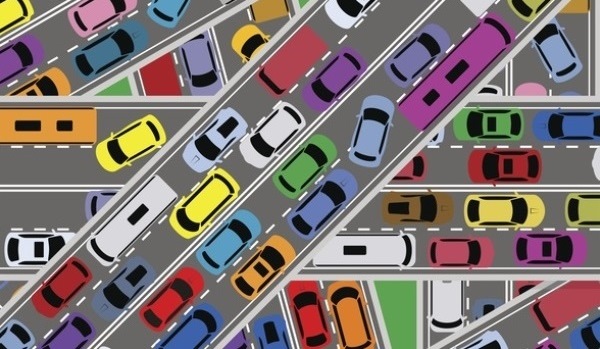


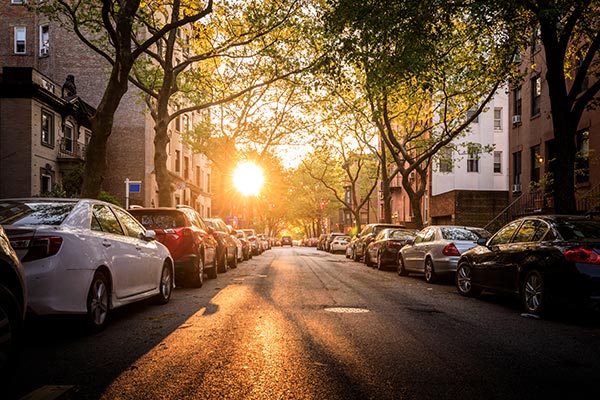
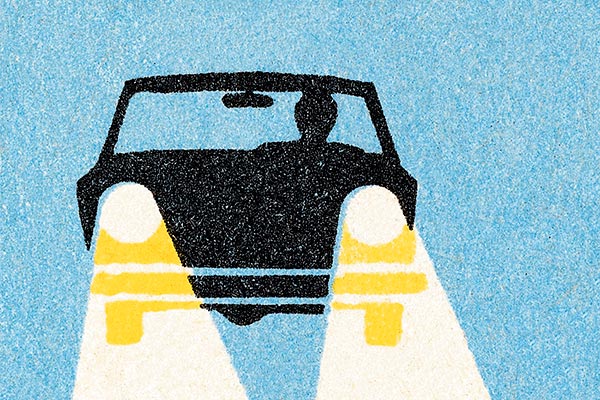
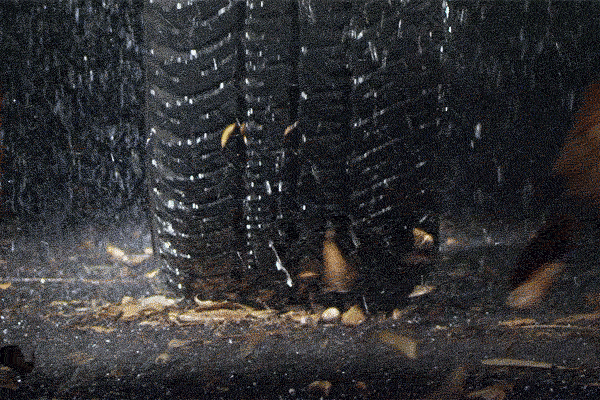

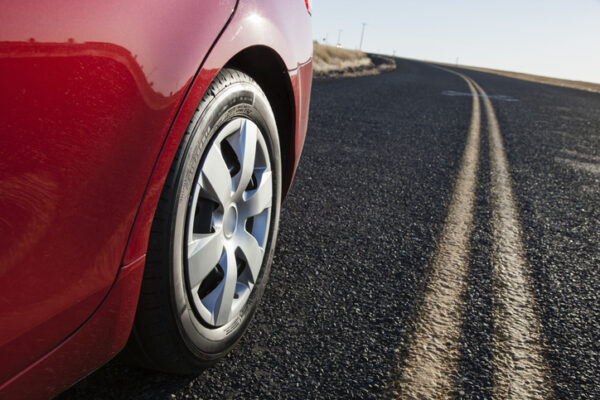
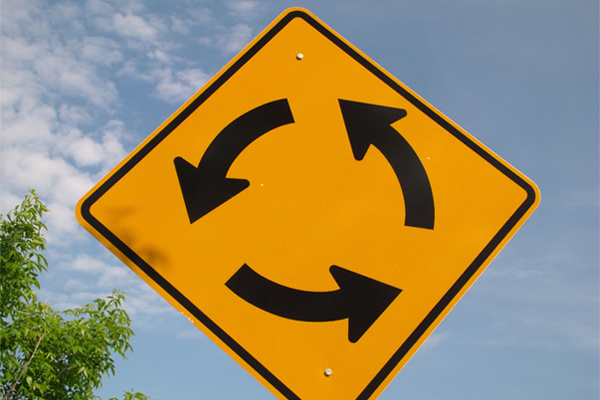
T. Cuevas says,
Good advice. Thanks.
Inez McLean Nero says,
Very informative indeed. I believe I am in compliance for some time now. Thank you.
Wil says,
I wish everyone drove like this!
Mark Yankana says,
Great information. If every driver on the road follow these guidelines our roads will be safe
William Ludlam says,
Excellent advice. Reminders such as these are an important even to people like myself who have been driving for over 50 years
Younus cboudhry says,
This is very help full thanks
Jeremy t smith says,
I have taken a course in defense driving when I was driving for Kincaid coach lines in 2006
MARIAN RUSSELL says,
WE HAVE SAFETY COURSES AT WORK!!! LOVE THE DEFENSIVE DRIVING COURSE!!!!
Donald Arteaga says,
THANK YOU FOR THE INFORMATION AND IT MAKES A LOT OF SENSE
Teofilo Guzman says,
This program is great helpful
L Solomon says,
Thanks for the info.
Maggie Saintjoy says,
This information was very helpful. Thanks.
Lamatu Browne says,
I learned alot reading this article very educational
Donald Smith says,
I try to leave one car length for every ten miles per hour distance between me and the car ahead . If someone gets between us that’s ok I move to restore that distance.
Also, I always use my mirrors to keep informed of who is behind me or beside me.
I always try to observe the traffic ahead of the guy in front of me.
I’m careful passing a line of cars in another lane by anticipating one of them pulling out into my lane. Also try to minimize my relative speed so I can stop or make an adjustment in time.
I try to keep right except to pass and to match speeds when merging even if I have to speed to do it. I feel that a slow driver in the left lane is a speed bump for traffic causing traffic to back up behind him which causes people to take chances trying to get around him.
I have developed a scan rate checking the above and miss the scenery as driving in traffic requires your full continuous attention. When stopping in a line of traffic I stay back just far enough to see the rear wheels of the car in front of me so I can change lanes if I have to.
Mark Pollard says,
More drivers should be like you. The roads would be a safer place.
Dave Small says,
I took a body guard defensive driving course at ADSI in Providence Rhode Island some time ago, which was lots of fun but necessary for my vocation as body guard and personal protection training. However, I learned the importance of the fundamentals of always keeping my hands in the 3 o’clock and 9 o’clock positions on the steering wheel, which actually saved my life in a real life accident avoidance situation where my hand positions accelerated my reaction time, allowing me to quickly turn the wheel in a split second in order to avoid hitting a vehicle which stopped abruptly on the highway in front of me, which m allowed me to avoid an accident.
Ken Lewis says,
Great Information. Keep up the good work!
KenLewis -Gerogia